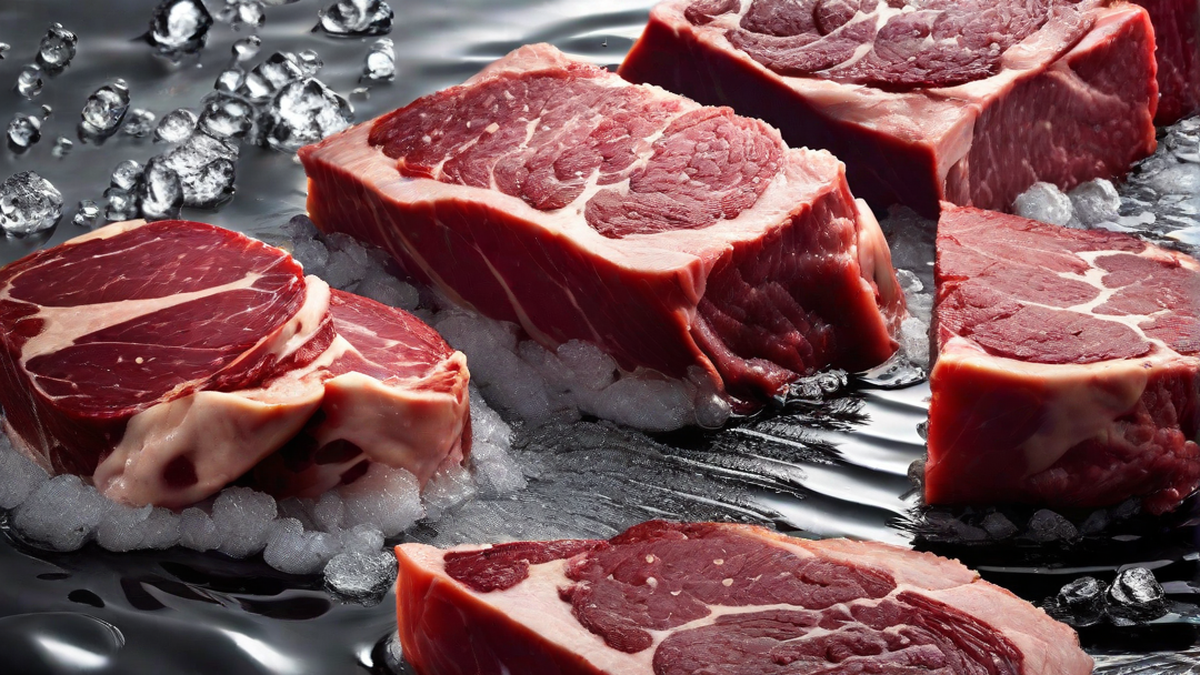Thawing meat is an essential step in food preparation. It ensures that the meat is safe to cook and allows for even cooking throughout. One commonly used method for thawing meat is using running water. In this article, I will guide you through the process of thawing meat under running water, including the recommended thawing times and some personal tips.
Why Thaw Under Running Water?
Thawing meat under running water is a popular method because it helps to expedite the thawing process. The continuous flow of water helps to maintain a consistent temperature around the meat, which ensures that it thaws evenly. Additionally, running water helps to prevent the growth of bacteria, as the constant flow carries away any potential contaminants.
The Thawing Process
When thawing meat under running water, it is important to follow a few simple steps:
- Place the frozen meat in a sealed plastic bag to prevent any water from getting inside.
- Fill a clean sink or basin with cold water. Make sure the water is not too hot, as this can promote the growth of bacteria.
- Submerge the wrapped meat in the water, ensuring that the water is flowing over it.
- Let the water run continuously, adjusting the flow rate as necessary to maintain a temperature of around 70°F (21°C).
- Monitor the thawing process carefully, as meat can thaw unevenly. Rotate or rearrange the meat if needed.
The total thawing time will depend on the size and thickness of the meat. As a general rule, you can expect it to take about 30 minutes per pound of meat. For example, a 3-pound chicken would take approximately 1.5 hours to thaw under running water.
Personal Tips for Thawing Meat
Thawing meat under running water can be a convenient method, but here are a few personal tips to ensure the best results:
- Use cold water: Avoid using warm or hot water, as it can lead to bacteria growth. Cold water is the safest option.
- Keep the meat sealed: Make sure to place the frozen meat in a sealed plastic bag to avoid any contamination from the water.
- Monitor the temperature: Use a food thermometer to check the internal temperature of the meat after thawing. It should reach a safe minimum internal temperature before cooking.
Conclusion
Thawing meat under running water is a convenient and effective method to ensure safe and even thawing. By following the steps outlined in this article, you can confidently thaw your meat under running water while minimizing the risk of bacterial contamination. Remember to always prioritize food safety when handling raw meat. Happy cooking!

